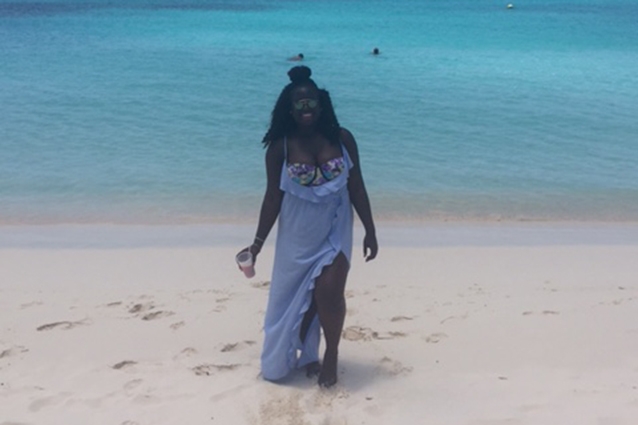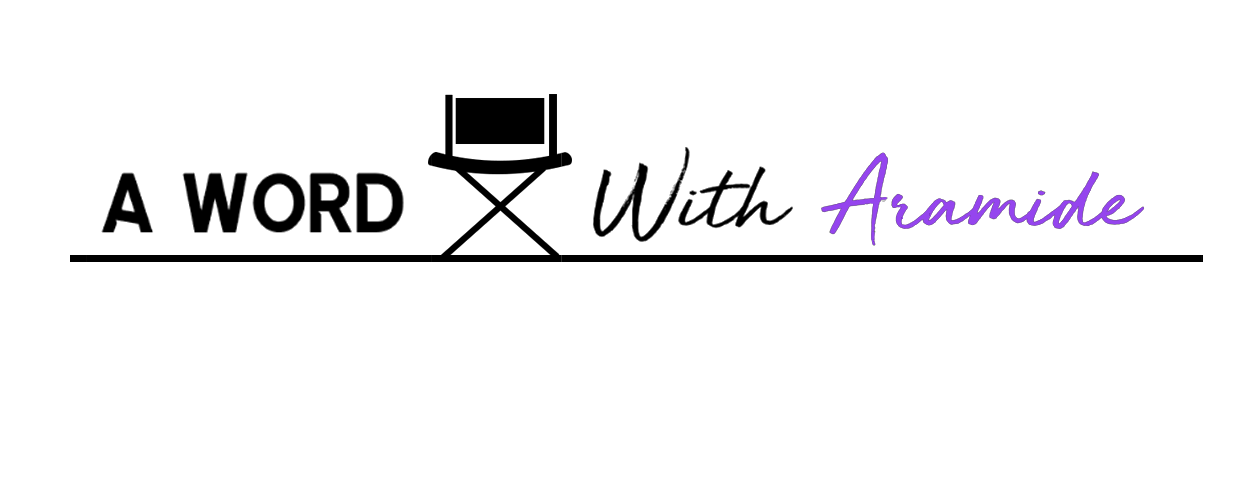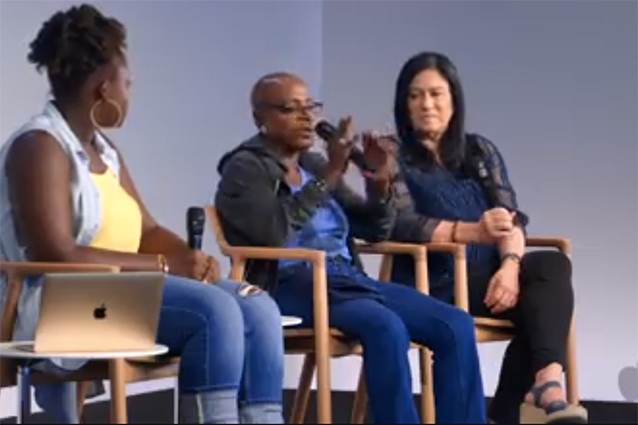 As a little kid, I wore my cotton textured hair in braids with beads. Every month or so, a 20-something girl would come to my house and I would sit between her legs as she parted and plaited my hair. The large Tupperware container containing my dozens of colored beads resting at my feet. The ends of my hair were always wrapped in foil, the old school method to prevent the beads from tumbling off my interlaced ends. In first grade, for one reason or another, I went to school with two Afro puffs atop my head; for once, my hair was free and flowing; and I remember hating it. That day during art class, I took my scissors and bit by bit, hacked away at one of the puffs until there was nothing but a nub left. It was the first time I can recall hating something about myself. Twenty years have passed, but that memory sticks out to me vividly, as if I was watching it on my smart TV. My mother's look of horror and anguish as she came in my classroom to get me at the end of the day. Her own locs long and flowing past her shoulders. I wouldn't like the way my natural hair looked again until I could legally drink. Over the years it would consume me, the hair on my head. I cried on my way to picture day in seventh grade. The previous evening I'd sat in a stifling hot salon as an Egyptian man nearly scalded me to straighten out my kinks; the results outweighed the pain. But of course, my hair looked like a rat's nest by the time my alarm shocked me awake the next morning. Middle school was already brutal for me in more ways than one. I don't remember ninety-percent of it, but I remember that morning, weeping on that bus. My best guy friend quietly trying to reassure me as my 12-year old heart broke. I wish you knew how I suffered for another decade with wraps that never turned out right, and weave that was way too shiny until I'd finally had enough and decide to let it all go.
As a little kid, I wore my cotton textured hair in braids with beads. Every month or so, a 20-something girl would come to my house and I would sit between her legs as she parted and plaited my hair. The large Tupperware container containing my dozens of colored beads resting at my feet. The ends of my hair were always wrapped in foil, the old school method to prevent the beads from tumbling off my interlaced ends. In first grade, for one reason or another, I went to school with two Afro puffs atop my head; for once, my hair was free and flowing; and I remember hating it. That day during art class, I took my scissors and bit by bit, hacked away at one of the puffs until there was nothing but a nub left. It was the first time I can recall hating something about myself. Twenty years have passed, but that memory sticks out to me vividly, as if I was watching it on my smart TV. My mother's look of horror and anguish as she came in my classroom to get me at the end of the day. Her own locs long and flowing past her shoulders. I wouldn't like the way my natural hair looked again until I could legally drink. Over the years it would consume me, the hair on my head. I cried on my way to picture day in seventh grade. The previous evening I'd sat in a stifling hot salon as an Egyptian man nearly scalded me to straighten out my kinks; the results outweighed the pain. But of course, my hair looked like a rat's nest by the time my alarm shocked me awake the next morning. Middle school was already brutal for me in more ways than one. I don't remember ninety-percent of it, but I remember that morning, weeping on that bus. My best guy friend quietly trying to reassure me as my 12-year old heart broke. I wish you knew how I suffered for another decade with wraps that never turned out right, and weave that was way too shiny until I'd finally had enough and decide to let it all go.
I wish you knew that my life is divided into two parts; there's a before and after. And in those after days it took everything in me just to get out of bed in the morning, to step one dark brown foot onto my medium brown wood floors. I wish you didn't take me for granted, the love I gave and the things I expressed...and I wish in turn I didn't do the same to you. I wish you understood the pleasure I take in books, the stories and the people, the characters that are so unlike me and yet, my kindred spirits all the same. My vice is in the words on the page. (Digital now, not print.) I wish you knew that I used food as a coping mechanism for so many years, finding solace in flavors instead of my spirit. I'm unlearning that now, but it's a process....will the scale ever be kind?
I wish you could take pleasure in the joys I find in most things, like the sun and hot coffee, solitude, and an old tattered stuffed bear, gingerly held together by a few strands; shredded from a lifetime of love. I wish you would take my work seriously. The work; the grind and the hustle that it takes to do my job. Not to mention the vulnerability that being a writer evokes. My flaws laid bare across the page for everyone to gape at and gawk at and comment on. I wish that you loved yourself the way that I am learning to love myself, the fullness and wonder that I feel in just being me. I wish you cherished your girlhood more because everything changed so quickly. Sometimes, I feel as if I'm still scrambling to catch up. I wish you cared less about what other people thought and focused more on what you thought about yourself. But you will in time; we all do. Still, here's to you and everything that you've been through.

xoxox Chocolate Girl in the City xoxoxo



 History is often told through the perspective of those who are in power. So much of what is written erases the experiences of those who are marginalized in society. With his arresting and groundbreaking novel, “Double Play”; Curaçaoan author Frank Martinus Arion gave the world a unique view into the island of Curaçao and its culture. Nearly 45 years after the novel was first published, acclaimed Director Ernest Dickerson (“Juice”, “The Wire”, “The Walking Dead”) and Executive Producer Lisa Cortes (“Precious”) are bringing this story to the big screen. Using Curaçao not only as a backdrop for the story, but also weaving its traditions throughout this exquisite tale, Dickerson and his team have begun bringing this story to life.
History is often told through the perspective of those who are in power. So much of what is written erases the experiences of those who are marginalized in society. With his arresting and groundbreaking novel, “Double Play”; Curaçaoan author Frank Martinus Arion gave the world a unique view into the island of Curaçao and its culture. Nearly 45 years after the novel was first published, acclaimed Director Ernest Dickerson (“Juice”, “The Wire”, “The Walking Dead”) and Executive Producer Lisa Cortes (“Precious”) are bringing this story to the big screen. Using Curaçao not only as a backdrop for the story, but also weaving its traditions throughout this exquisite tale, Dickerson and his team have begun bringing this story to life.
